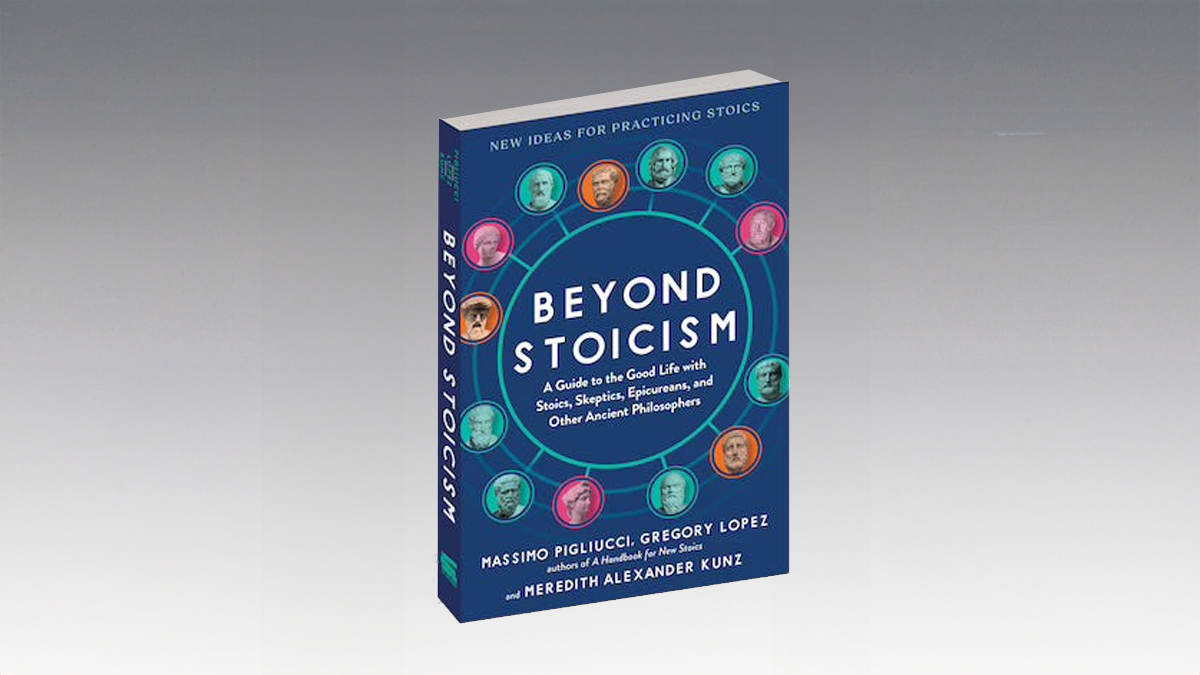Since composing her first dance work (“Dissolution”), Maria Schneider has created all her music while dancing around her apartment. The neighbors may stare, but the results are exhilarating.
Question: How did composing for dancers differ from your usual method?
rnMaria Schneider: That really kind of was a turning point for me. That piece of music, I’m not sure it’s my most successful piece of music because it was a little tough because we had three choreographers working on the dance and so they were all working on a different piece of, to me that piece sort of feels like three different pieces.
rnBut what was wonderful is, we were in a studio working and the dancers, I would play a sound and normally I don’t play for people. You know, I don’t perform, I’m very self-conscious about playing. But in this situation I had to and so I came in without having really written anything, a couple little ideas. And I ran a tape recorder and I would just play a couple of things and the dancers would start moving and I love dance, I mean, I was a very bad, but, you know, a figure skater when I grew up, I danced, and to me, music is motion. And I largely now figure out my music by dancing. Because what would happen is, I’d play something and these incredibly bodies, it was **** they’d start moving and it would be like, “Oh, my gosh, I played this note and I just made you do that!” You know, so, then I’d watch them and I’d play something else and then they’d move and suddenly I was playing way beyond myself, improving way beyond myself. Later when I listened to the recording I was like, “Wow, that was me? That’s really good!” But it’s because I was so playing to them. So I realized that, and that piece that I wrote, it ended up being called Disillusion, that piece brought textures and ideas out of me and out of the band that were far less typically jazz than what I’d written, because I was writing for motion. I wasn’t writing with a historic template of an idiom coming at me from behind, but I was purely writing to the abstraction of movement, you know? It’s maybe like almost I went to this Kandinsky show at, you know, at the Guggenheim that’s so amazing, and he was looking to music to find abstraction in his painting and maybe the movement helped me really find something, something else in my sound.
rnSo, yeah, and now, like I say, I really, I can’t almost write a piece without dancing. It helps me figure out, when I was talking about timing, it helps me figure out the timing of the piece, because your body tells you. It’s hard for my mind to tell me what’s too long or what’s too short, but if I start dancing and moving around my piano or, you know, I’ll play it into a recorder and put on headphones and then I start moving, I say, “Oh, no, I need more time to do what I want to do!” or “No, that’s hanging on too long, I can’t come up with anything else.” So, my neighbors must think I’m nuts, they see me, you know, it’s New York, you see a lot of apartments looking right in my window, or whatever.
rnQuestion: In “Carlos Drummond de Andrade Stories,” how did you represent literature through music?
rnMaria Schneider: Well, those poems, it’s Carlos Drummond de Andrade, is sort of the way, I guess, it’s pronounced, and he’s a Brazilian poet and these poems are, they’re so much like little stories. And I was really scared when Dawn Upshaw came to me and wanted me to write for her. I said, “Okay, Dawn, I’ve never written really for words. I’ve never written for a classical singer. I’ve never written for classical orchestra. There’s nothing about this that’s going to spell success, you know?” But it ended up happening that when I sat down to write, I loved it, because the words, they gave me—first of all, they gave me the rhythm. You know, one poem starts, “Clara strolled in the garden in the morning. Clara strolled in the garden in the morning.” I mean, there’s only, it has to have a certain lilt to it for, to sound like it’s being spoken. Then it also gives you the feeling of what that is, you know, certain kind of tonality that you might want to have, depending on what kind of composer you are and how you view that.
rnAnd so, I felt like it just, it gave me limitations, but opened up, you know, worlds in me. So it opened up my imagination, it told me where it wants to go as opposed to me sitting there in that room with no light switch just saying, come up with something. You know, you’ve got a 15-minute commission and you sit there and you go, “Oh! What do I write?” You know, so I love literature, it has to be something I feel passionate about and I mean, these poems are killer poems, they’re wonderful.
Recorded on December 11, 2009
Interviewed by Austin Allen





